There are many types of insoles offered on the market that can help with different problems. Some of the insoles offer more support or extra cushioning, other absorb shock and are good for sports activities. As a whole, their role is to make standing up, walking, running and doing all sorts of activities easier.
Choosing the right insole is critical for the effect it will have on you. There are certain factors that you need to consider in order to select the right one. Some of these include:
- Your foot arch type
Which is your arch type – 1. neutral or medium, 2. low or fallen (so-called flat feet) or 3. high. You need to determine correctly your arch type and choose an insole that is designed for that type. Otherwise, instead of helping you get relief, it may cause more pain.
The arch of one’s foot usually conforms to one of three different arch types: 1) neutral or medium arches, 2) low arches, flat feet, or fallen arches, and 3) high arches.
- The insole footbed type
Basically, there are 4 types of footbed constructions that you can find in insole – 1. rigid orthotic arch support, 2. semi-rigid orthotic arch support, 3. cushioned arch support, and 4. no arch support/flat cushion. The footbed construction provides different support to the feet and answers various needs. You need to look for insoles with a footbed type that matches your specific needs.
- The insole placement
There are different types of insoles in terms of size and that determines their placement. The full-length insoles usually replace the original insole. Only very thin and flat insoles can be worn along with the shoe insole. ¾-length insoles are worn on top of the original shoe insole. Inserts can be worn either on top or beneath the original shoe insole, depending on their purpose. They come with complete instructions on how to place them in your shoe.
- The insole material
There are four materials that are usually used for insoles – 1. foam, 2. leather, 3. gel, and 4. cork. Each material has unique features and some provide more cushioning while others provide more support or higher shock absorption. You need to choose the insole material depending on your preferences and specific needs.
- The insole sizing
Insoles have specific sizing depending on their length. Full-length insoles come as a range of shoe sizes – for example, women’s 4-7. The idea is that you trim the insole so that it best fits your shoe. ¾-length insoles and inserts, you get a size that shows which size footwear is suitable for them.
What are orthotic insoles?
There is one specific type of insoles that are called arch supports, orthotic insoles or simply orthotics. As you can guess by their name, they are designed to offer your foot the support in needs in order to maintain its healthy position all day long regardless of what you do. They are designed with ergonomic features that serve well people with sensitive feet or those suffering from foot pain, arthritis or diabetes.
The main aim of orthotics is to maintain the natural form of the foot. Thus, it features supports on two main areas – the arch and the heel. Orthotic insoles prevent the arch from collapsing via a built-in arch. They also feature a special heel cup that supports the heel and prevents the ankle from excessive movement.
Note, that it is recommended to start wearing orthotic insoles step by step especially if it is the first time you put them in your shoes. The first week, you need to wear them for 1 to 2 hours at maximum, while increasing it to 3-4 hours next week. In the beginning, you will feel them uncomfortable but with time they will start feeling better and you will experience their benefits.
Types of orthotic insoles
There are two types of orthotic insoles that you can find. The difference comes in the flexibility of the support platform or plate. We differentiate between these two types:
- Semi-rigid orthotic insoles
These arch supports have a support platform that is flexible to some extent. They provide good support on the arch but still, the feeling is not that stiff. They are good for people who start wearing orthotic insoles for the first time.
- Rigid orthotic insoles
These arch supports have a platform that is almost completely stiff. The support they provide is more aggressive and hence, these orthotic insoles are not recommended for people who want to try those insoles for the first time.
Effects of orthotic insoles
There are many positive effects on the foot and body as a result of wearing orthotic insoles. According to a study published in the Journal of Physical Therapy Science, they can help people with flexible flatfoot while using stairs. The research tested fifteen college students with flexible flatfoot and fifteen college students with normal feet who were requested to walk on horizontal ground, and then walk up and down 10 cm and 20 cm stairs. The results revealed that only for 3 months, those with flexible flatfoot experienced significant improvements and less to no pain. The recommendation was for people who have this kind of problem, to wear orthotic insoles and thus reduce the pain and risk of injury, especially if they have to use stairs in their everyday activities.
Another positive effect is that orthotics protect the plantar fascia, the muscle that runs from your heel to forefoot along the bottom of the foot. Thus, you get protection from arch pain and prevention for plantar fasciitis.
Another advantage of these insoles is that they guide the foot to move naturally and stay healthy. This eliminates over-pronation and supination.
Wearing orthotic arch supports will help eliminate strain on the plantar fascia, the muscle running from heel to forefoot along the bottom of your foot, which in turn will help prevent arch pain and plantar fasciitis. Additionally, orthotic arch supports will help guide your foot in making a natural motion with each step, preventing over-pronation (the condition when the foot rolls too far when making a step) or supination (when the foot rolls outward when taking a normal step instead of inward).
The Total Support Orthotic Insoles that you can find in our online shop offer all of these positive effects and help you cope with pain and discomfort. They feature:
- Relieve pain caused by plantar fasciitis, heel spur, tendonitis, arthritis or diabetes
- Reduce pressure on the bottom of the foot
- Excellent support for flat feet
- Work wonders and reduce foot, leg, knee or back pain
- Make every step soothing with comfort
- Deep heel cups padded with gel
In addition to that, the total support orthotic insoles are quick drying, breathable, wicking, lightweight, and odor resistant. They are biomechanically engineered and have unique features that improve mobility, comfort and help relieve heel, foot, knee and lower back pain. Due to their anatomical arch support they improve foot and leg alignment and help ease stress and pain caused by flat feet, bunions, arthritis or diabetes.
Total support orthotic insoles can be the cure for several conditions featuring arthritis, tendonitis, and heel spurs because of their deep heal seat technology that is pending patent. Their innovative construction dynamically shapes to the foot and allows varying degrees of hardness beneath key areas of the foot. As a result, you feel more stable while performing a great variety of activities since your foot is protected from over-pronation, which is often the cause of pain and discomfort.
The type of the support platform they feature is semi-rigid and the insoles are a perfect fit for athletes who participate in various activities. They are also used by consumers who need semi-rigid support and motion control. The combination of polyurethane foam and viscoelastic gel offer increased shock absorption and advanced support for the arch and heel. They also reduce injuries and relieve pain by preventing over-pronation and supination.
The total support orthotic insoles come in two sizes – men 7-12 and women 4-7. You need to remove your original shoe insole and replace it with the new one. Trim it, so that it fits your shoes perfectly.
Shoe inserts and their types
In addition to full-length and ¾-length insoles, there are also shoe inserts that some people prefer to insoles. They are designed in order to support a specific area of the foot and relieve pain or discomfort. Shoe inserts are worn with the original insole and are put either over or beneath it according to the manufacturer’s instructions.
In medicine, however, specialists differentiate between prescribed and custom-made shoe insoles and shoe inserts. Quite often, the term shoe inserts is used to denote pre-packed and mass-produced products that you can buy online or at a grocery shop. In this case, we can say that there are several types of shoe inserts:
- Insoles, which are not prescribed and specifically made for your foot. They can relieve different conditions and are made of various material depending on the function they serve. Insoles are slipped into the show instead of the original shoe insole and provide, shock absorption, extra cushioning, support or more comfort.
- Arch supports aim to support the natural form of the arch. They are bumpy devices that are slipped in the shoe under the arch. You choose your arch support depending on the type of arch you have in order to get the benefits of it.
- Heel liners are also called heel cups or heel pads and aim to provide extra support in the region of the heel. They can also provide extra cushioning and thus they are very useful for people suffering from thinning of the heels’ natural fat pads, mainly as a result of age.
- Foot cushions basically serve as a barrier between your feet and the shoe and thus prevent the shoe to rub against your toes or heel. They come in a great variety of shapes and sizes.
As a whole, shoe inserts help prevent and reduce the suffering from a variety of symptoms that cause foot, leg, and back pain. Note that they can provide extra support, offer more cushioning or a better feeling while walking but in most cases cannot cure biomechanical foot problems and long-time issues.
While orthotic insoles are a great helper in reducing foot pain, they need to be a perfect fit in order to do their job. Make sure to consult an expert if you are not certain about your arch type or which insoles are suitable for your foot ailment. Choosing a cheaper option, which doesn’t fit can actually cause more problems and lead to greater pain. If orthotics are the right insoles for you, follow the recommendations of the break-in period so that your feet can adjust to the insoles with time.
Here are our insoles that have helped thousands of customers by now:
-
38 %OFF38 %OFF38 %OFF38 %OFF38 %OFF
Health Control Massage Insoles
Rated 4.91 out of 5$39.99Original price was: $39.99.$24.99Current price is: $24.99. Select options -
54 %OFF54 %OFF54 %OFF
Total Support Orthotic Insoles
Rated 4.71 out of 5$49.99Original price was: $49.99.$22.99Current price is: $22.99. Select options -
57 %OFF57 %OFF57 %OFF57 %OFF
Honeycomb ActivGel Insoles
Rated 4.88 out of 5$69.90Original price was: $69.90.$29.90Current price is: $29.90. Select options -
Plantar Fasciitis Foam Insoles
Rated 4.00 out of 5$34.99 Select options




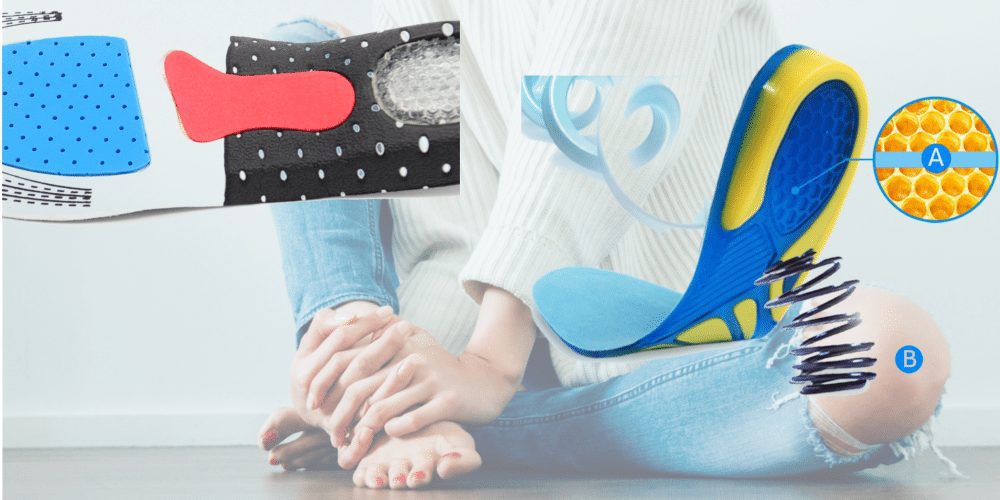


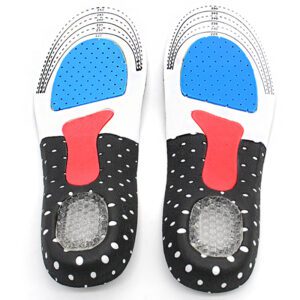
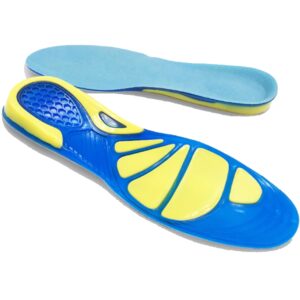
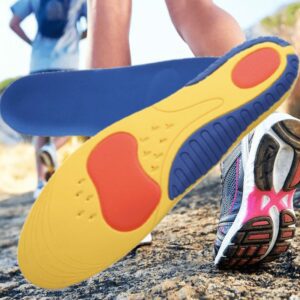
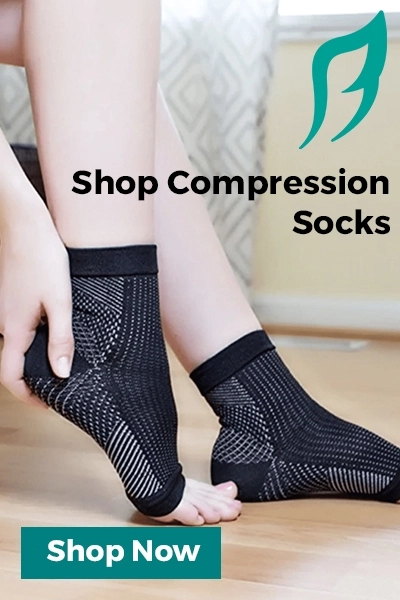
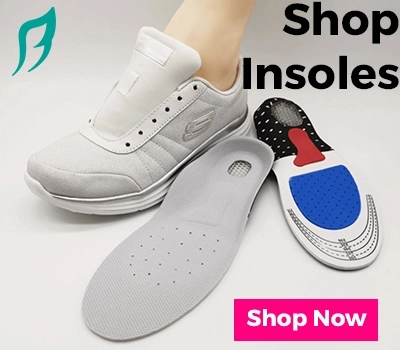
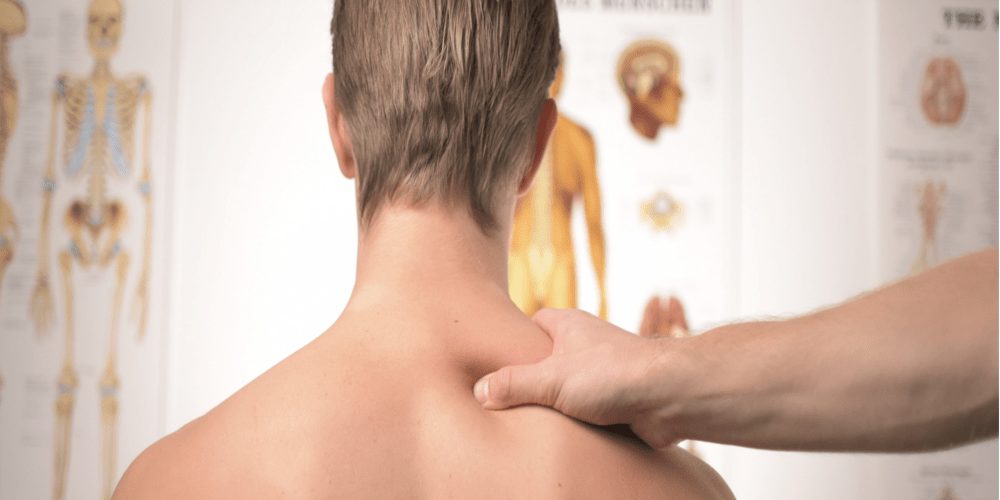

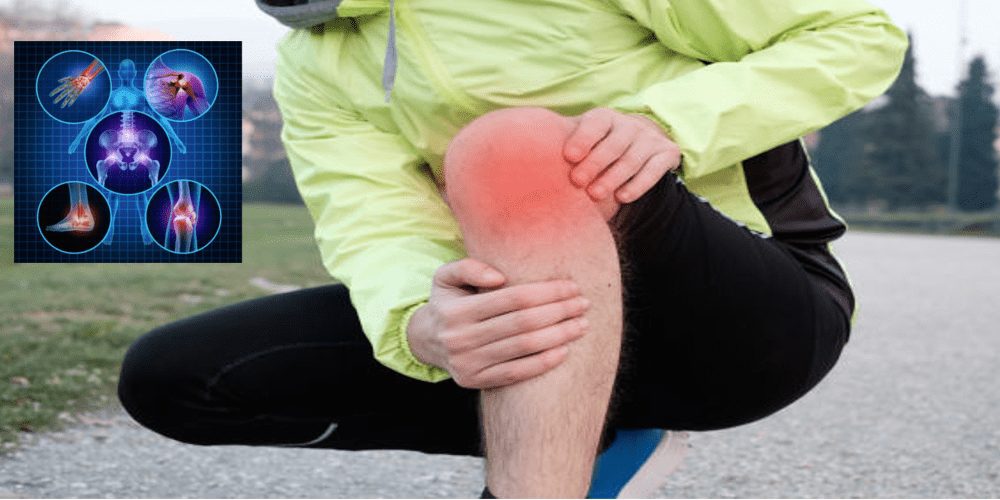
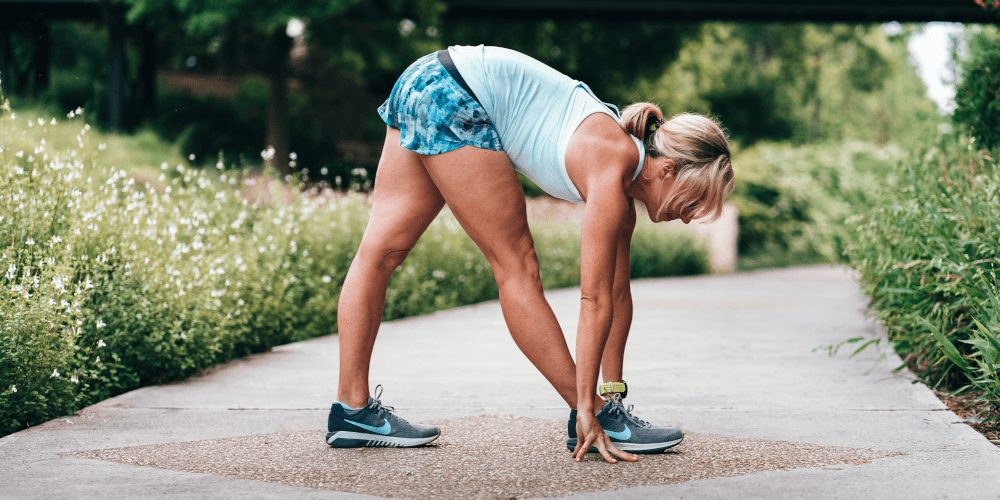
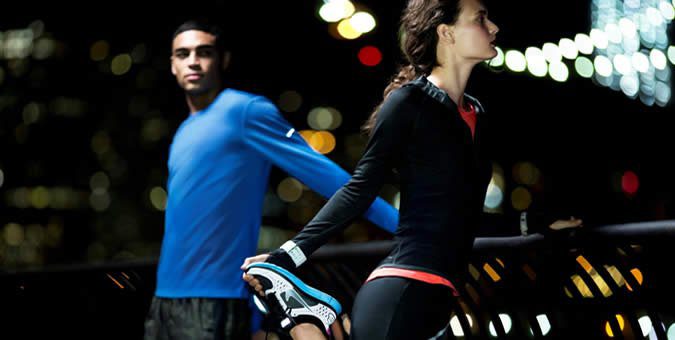

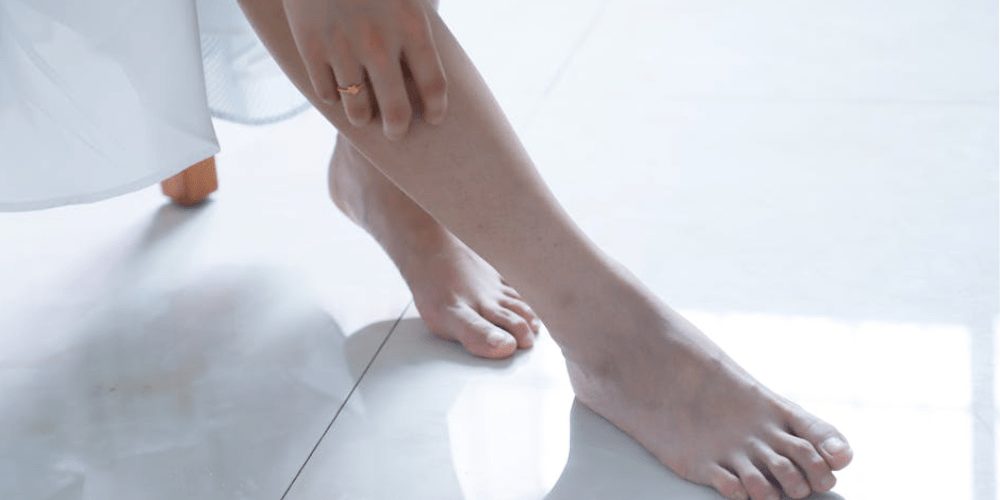

One Response
Greetings.
I have received My Order for Health Control Massage Insoles last Thursday by POST.
I inserted them straightaway in to my Favourite Shoes and I must say that they really
“Do the Business” of relieving Tension on the Soles of my feet and I notice Circulation has
definitely improved in both legs.
Thank you for an Excellent Product and your Professionalism in Customer Care.
I fully Endorse your Product.
Sincerely.
John Foley. (Ireland)